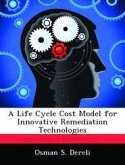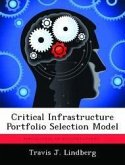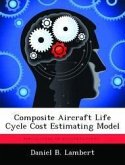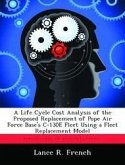High technology firms are faced with the dilemma of deciding which products to develop, which generations of technology to pass over, and which products to skip entirely. As competition among these firms increases and the life cycles of technological products shorten, there exists a great deal of pressure to bring products rapidly to the market. As a result, recouping the costs of research and development (R and D) and earning a profit becomes increasingly uncertain. Traditional life cycle cost models do not directly address shortened life cycles, time to market, or learning curve issues; all are critical factors in the development of high technology products. This thesis allows the investigation of cost estimates involved in the R and D of high technology products. Cost estimations include time to market and learning curve effects. Simulation is used to provide cost and revenue estimates that may then be used to calculate a distribution of potential net present values (NPVs) of a product. Measures of financial risk are also generated. Using the generated expected value and variance of the NPV of each product under consideration, a linear program is built to select the optimal portfolio of products to develop. The method is demonstrated with an illustrative example.
Hinweis: Dieser Artikel kann nur an eine deutsche Lieferadresse ausgeliefert werden.
Hinweis: Dieser Artikel kann nur an eine deutsche Lieferadresse ausgeliefert werden.








